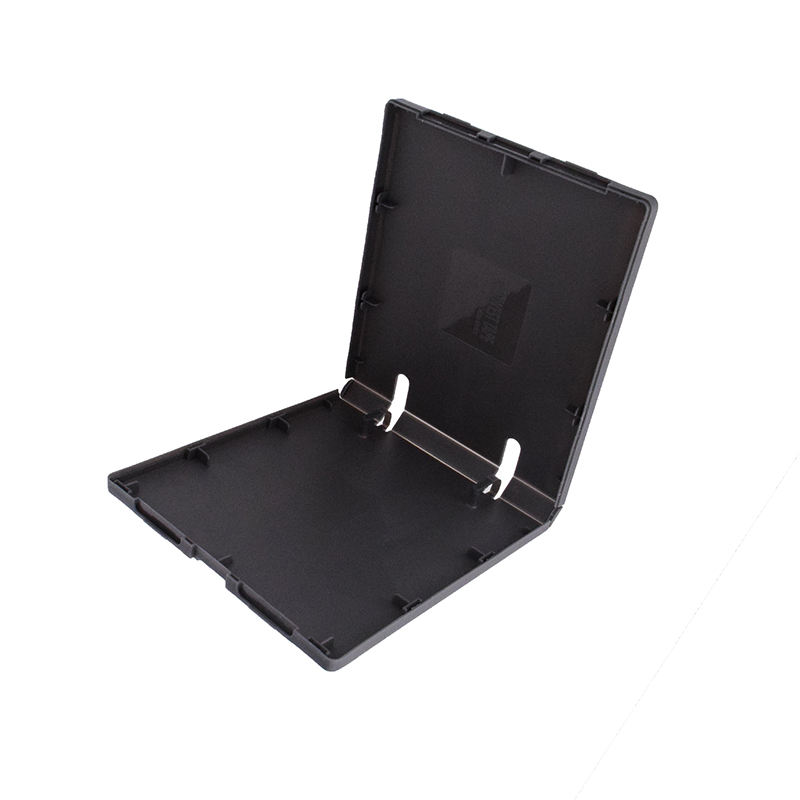Key aspects related to plastic injection parts
2024-01-11
Plastic injection molding is a widely used manufacturing process for producing plastic parts in large volumes. It involves injecting molten plastic material into a mold cavity, where it solidifies to form the desired shape. Here are key aspects related to plastic injection parts:
1. The Injection Molding Process:
- Material Selection: Thermoplastic materials, such as polyethylene, polypropylene, polystyrene, and various engineering plastics, are commonly used in injection molding.
- Pelletization: Plastic resins are typically supplied in the form of small pellets. These pellets are melted to form the molten plastic material for injection.
- Injection: The molten plastic is injected into a mold cavity under high pressure. The mold is designed to create the specific shape of the desired part.
- Cooling: After injection, the molten plastic is allowed to cool and solidify within the mold. Cooling times can vary depending on the part's size, complexity, and material.
- Ejection: Once the plastic has solidified, the mold opens, and the finished part is ejected. The mold can then close again for the next injection cycle.
2. Design Considerations:
- Draft Angles: Similar to other casting processes, draft angles are incorporated into the design to facilitate the ejection of the part from the mold.
- Wall Thickness: Uniform wall thickness is essential for proper filling of the mold and avoiding issues such as warping or sink marks.
- Rounded Corners: Rounded corners and fillet radii are often used to reduce stress concentrations and improve the flow of plastic material during injection.
- Undercuts: Parts with complex shapes may require the use of side-actions or slides to accommodate undercuts.
3. Tooling:
- Mold Design: The mold consists of two halves: the core and the cavity. These halves are precision machined to create the desired part geometry.
- Material: The mold is typically made of hardened steel or aluminum, depending on factors such as production volume and material compatibility.
- Cavities: Multi-cavity molds allow for the simultaneous production of multiple parts in each injection cycle, increasing efficiency.
4. Quality Control:
- Dimensional Accuracy: Injection molding can achieve high precision, and quality control measures are employed to ensure that parts meet specified tolerances.
- Visual Inspection: Visual inspection is often used to identify cosmetic defects, such as surface imperfections or color variations.
- Material Inspection: Incoming plastic resin is often tested for consistency and quality before it is used in the injection molding process.
5. Post-Molding Processes:
- Secondary Operations: Some plastic parts may require additional processes after molding, such as machining, assembly, or surface finishing.
- Decoration: Parts can be decorated using methods like pad printing, hot stamping, or in-mold labeling to add branding or aesthetic features.
6. Advantages of Plastic Injection Molding:
- High Production Rates: Injection molding is well-suited for high-volume production due to its efficiency and short cycle times.
- Cost-Effectiveness: Once the molds are created, the per-unit cost decreases with larger production runs.
- Design Flexibility: Injection molding allows for the production of intricate and complex part geometries.
- Material Variety: A wide range of thermoplastic materials with various properties can be used in injection molding.
7. Applications:
- Automotive Industry: Many automotive components, such as interior trims, exterior panels, and engine components, are produced through injection molding.
- Consumer Goods: Injection molding is used for manufacturing a variety of consumer products, including packaging, containers, and household items.
- Electronics: Plastic parts for electronic devices, such as casings and connectors, are often produced using injection molding.
- Medical Devices: Injection molding is widely used in the production of medical components and devices due to its precision and cleanliness.
- Appliances: Plastic parts for appliances, such as washing machine components and refrigerator interiors, are commonly manufactured using injection molding.
Plastic injection molding is a versatile and widely employed manufacturing process that offers a cost-effective solution for producing plastic parts with high precision and repeatability. The process is well-suited for a broad range of industries and applications.



